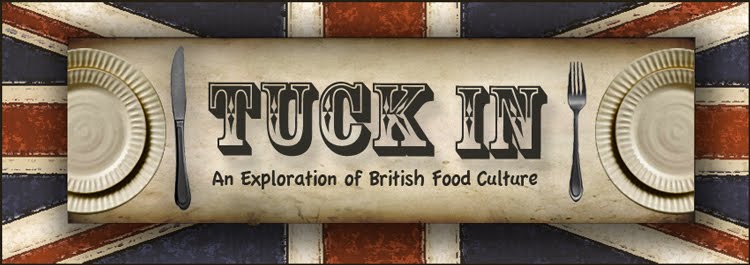(The following pictures are my favorite amongst the many places I ate in the last three wonderful months)
In his book “Eating For England”, Nigel Slater, English food writer and enthusiast, wrote, “The French cook with their senses, the Italians with their hearts, the Spanish with their energy, and the Germans with their appetite. The British, bless them, cook with their wallets.” He speaks of that British knack to waste not one bit of the food in the icebox, and to be as frugal and resourceful as possible, a quality that, as I have mentioned, came about during WWII rationing. And although this may have some truth today, I disagree with Mr. Slater’s wording. There has to be another way to describe the British in the kitchen without sounding so degrading. So I took what I have learned about the British food culture (and given that I only had three months I think I’ve taken away quite a bit), thought about it, and came up with something else, still resembling Slater’s meaning, but truer to what I’ve witnessed.
The British cook with their humbleness.
And I don’t say humble in the sense that I think that people cook with poor quality ingredients or give lowly meager portions. In fact, I use humble in the most endearing of ways. As I’ve witnessed, the culture in London is much more reserved, in a really quite refreshing way. People aren’t flashy and loud and overstated, and the food went along with this. With British food, there is a mindset that it is what it is and it doesn’t need any fancy presentation or excessiveness to make it any better. It’s about using good quality food, even if it’s sometimes disregarded food, and smartly and lovingly combining it in the simplest possible of ways. It’s about making something that speaks so much louder than the sum of its parts. It’s about taking bread and adding nothing but cheddar and chutney for an extraordinary sandwich. It’s about a dollop of goat cheese and a squeeze of lemon on top of the humble roasted beet. It’s about a bacon sandwich for heaven’s sake. This is British food.
If the frosting on the cupcakes it a little askew, slightly wobbling to the left, this just means it has more character. If you decide to take the bits and bobs and leftovers in the fridge, pop it into puff pastry, bake it, and end up with a delicious Cornish pasty, you’re in the British frame of mind. And if you come home after a long day and crave nothing more that a succulent sticky beef stew with some thick brown bread to mop up the juices, you might as well just move to England. British food is like a warm hug from your mom, a cozy and worn pair of slippers, a bubbly bath late at night. It’s a simple pleasure, easy, and non-fussy, and most importantly it’s comforting. It comes from the soul and that’s right where it hits you back.
I’ve had a brilliant time discovering this amazing food culture these past thirteen weeks. I can speak for many of the people joining me on the trip that the outlook on British food before arriving wasn’t so bright, but after discovering the eats, that outlook changed significantly. And through this independent study, I not only discovered the restaurants, the markets, the shops, and the food of this city and country, but I discovered a culture as a whole. When I would take time on my own to seek out the food in so many different areas of London, every food adventure turned into a discovery of new people, places, customs, mannerisms, and cultural identifiers. And, while seeing all of these things, I was also discovering more about myself. Discovering what I love, discovering a complete fondness for the beautiful humble English people, discovering a profound relationship with the city of London, even further discovering my love for food and my desire to make that a huge part of my life.
I never thought I could take so much out of a simple independent study, something that, in the simplest of terms, is nothing but three college credits. But it ended up being a very noteworthy part of a life-changing journey through London and I will miss all that I have discovered, both in a food sense and a general sense, more than I could have ever imagined. I hope you’ve enjoyed this little tour of British food via my eyes, mouth, and stomach and that those who may be visiting lovely London at some point, will find some help and tips somewhere amongst my ramblings. So to part, I encourage anyone travelling to London to not be afraid of the humbleness of the British people and food but to do some individual discovery, to eat alone in a restaurant, to try a new dish and ask lots of questions. The things that are the most daunting, unguided, and sometimes scary have the most benefits, whether it be a life lesson or a delicious meal.
Cheers!













































